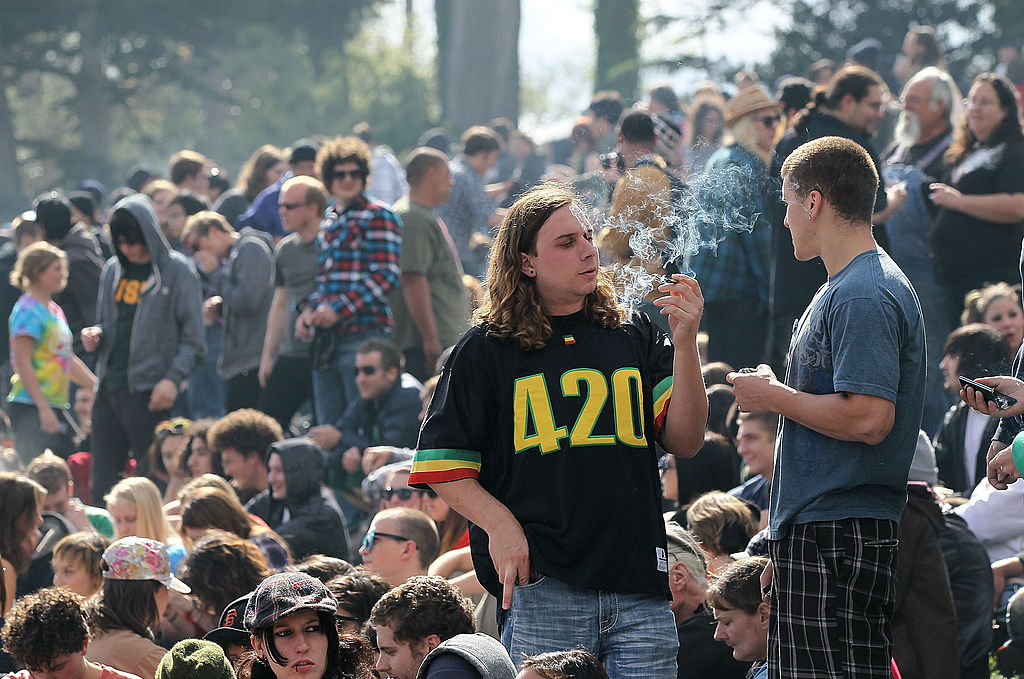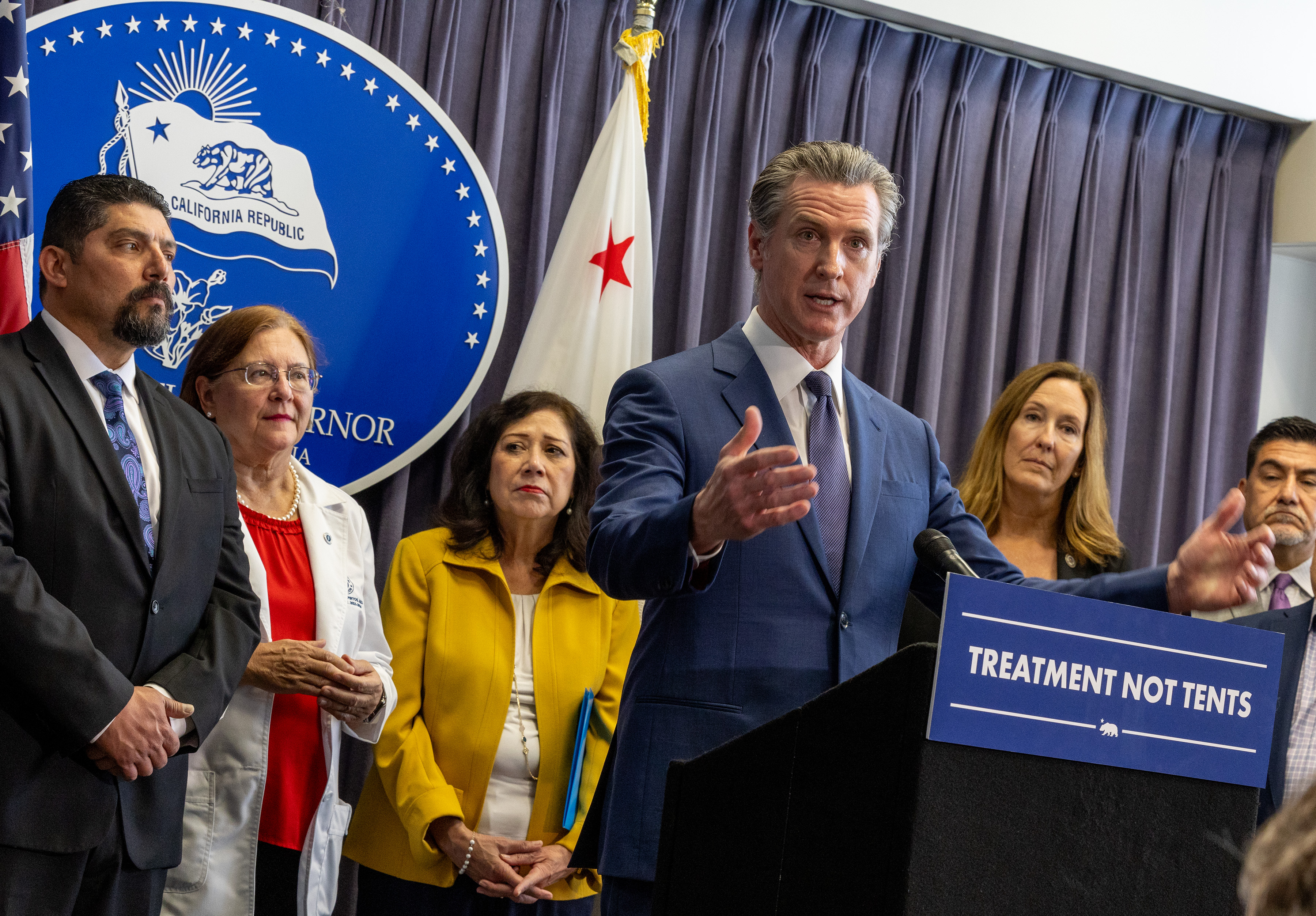The federal government’s chief bridge engineer voiced concern that “rogue plate” -- steel that does not meet Caltrans’ standards – is being used to seismically reinforce the tower of the new Bay Bridge, according to documents disclosed under the state’s Public Records Act.
“We think it’s prudent for Caltrans to look into this further,” Brian Kozy, the Federal Highway Adminstration official, told Caltrans officials in a June email, but added, there’s no “immediate safety concern.”
Kozy cited independent test results on a four-inch thick piece of steel taken from the system designed to bolster the 525-foot tower at its base.
Testing showed that three out of four samples taken from the steel stretched too readily when exposed to quake-level stress. The worry is not outright failure, but a permanent weakening as the result of a quake.
For Kozy, the worse-case scenario explanation for the bad test results is that Caltrans unknowingly accepted “rogue plate” that did not meet its specifications.
The issue is just the latest in a string of problems on the $6.4 billion eastern span project, which includes cracked bolts, flawed welds and a foundation flooded with corrosive saltwater.
Brian Maroney, the chief bridge engineer on the project, said Caltrans did a new review of the steel’s quality control documentation, created before it was installed.
Local
The review concluded that all the sampled material met Caltrans’ standards, including its ability to handle 50,000 pounds-per-square-inch stress. But the test data suggests that the steel only meets a 36,000 pounds-per-square inch standard, a lower grade.
Maroney emphasized that the steel at issue is not intended to bear weight during normal conditions, only to channel and control the twisting and upheaval of a massive earthquake.
“The only reason this thing is there is for a seismic event,” said Maroney, who says the four-inch thick plates help bind the four-legged tower together to restrain unpredictable seismic forces.
At issue is the steel’s yield strength, which measures how easily it stretches permanently, or deforms. Lower grade steel yields more readily than higher grade material.
While experts fear that the foundation could be left weaker, Maroney is not concerned about that possibility, saying that the tests simply reflected the expected differences in quality of steel in a four-inch thick sample.
Still, he said, there could be some damage that might not otherwise occur.
“You might get some bending, early,” Maroney said, but contends there’s “plenty” of residual strength to guarantee the bridge will safely handle a major quake.
“I think the bridge is just fine and quite frankly this is not going to affect any kind of performance on this bridge.”
The chairman of Caltrans’ peer review panel on the project, John Fisher, has already endorsed that conclusion. But UC Berkeley professor emeritus Bob Bea does not share that confidence.
“We don’t know its effect on the entire bridge system’’ he said of the problem steel.
Bea told NBC Bay Area the issue needs to be looked at in context of all the other problems that have been identified involving brittle bolts, problem welds and saltwater intrusion.
Bea, who co-founded the university’s Center for Catastrophic Risk Management, says the only way to vouch for the integrity of the span is to do a full analysis of the entire bridge under high stress conditions.
“We have to confirm the anchorage is safe enough, and that has not been done,” he said. Maroney is expected to present his findings on the steel issue to a bridge oversight panel meeting next month.



